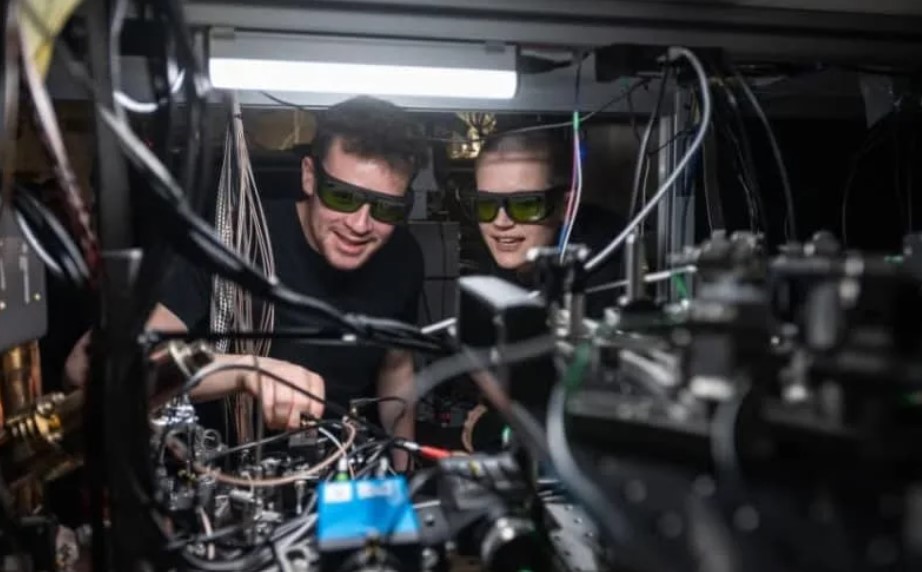Oxford Physicists Achieve Quantum Teleportation Between Distant Chips

Scientists at Oxford University have successfully demonstrated **quantum teleportation** of information between two separate microchips for the first time. This milestone brings quantum communication closer to scalable, chip-scale systems.
Quick Insight: Teleporting quantum states between chips (rather than through fiber or free space) is a major step toward integrated quantum circuits and next-generation computing architectures.
1. What’s Been Achieved & How
• The team encoded quantum states on one chip and replicated them on a distant chip without transferring the physical particle.
• This process uses entanglement and Bell measurements to “teleport” the quantum information.
• The chips remain physically distinct, yet information passes faithfully across the quantum channel.
• High fidelity was maintained, confirming practicality for future systems.
2. Why This Matters for Quantum Technology
• Moving teleportation onto chip architectures helps integrate communication and processing in quantum devices.
• It reduces reliance on long cables or optical links, making scalable systems more feasible.
• It supports more compact and robust quantum networks, possibly within quantum computers.
• It accelerates the path to modular, networked quantum systems rather than monolithic quantum cores.
3. Challenges & Future Directions
• Scaling entanglement across many chips remains hard — maintaining coherence and error correction is complex.
• Miniaturization, noise suppression, and thermal isolation are critical engineering hurdles.
• Integration with classical control electronics and interfaces is necessary for full systems.
• Next steps include multi-chip networks, longer distances, and integration with quantum memory modules.
Global & African Perspectives
• This breakthrough signals that quantum tech is inching closer to usable devices, not just lab demos.
• African research groups and institutions should track and participate in such advances, building local quantum capacity.
• Partnerships, policy support, and funding are needed to make quantum labs viable in the region.
• As quantum chips become a reality, new forms of computing, communication, and cryptography could emerge locally.
